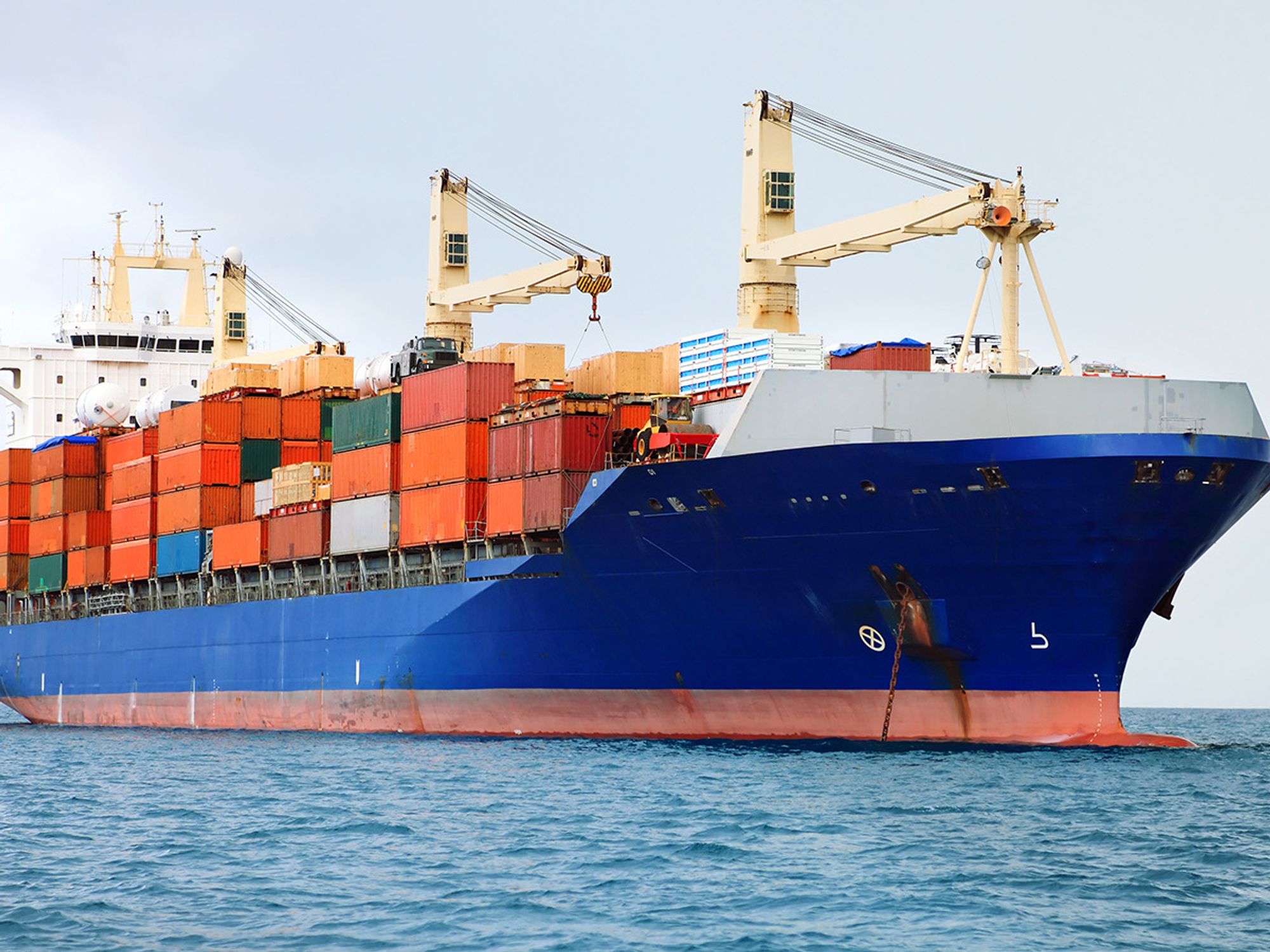InstituteIn Depth Sub Topics (Level 4)Hazmat SafetyHazmat: WaterHazmat: WaterFocus AreaHazmat EdgeEnglishAnalysisTransportationUSA
IMDG hazard classes
['Hazmat: Water']

- A list of the nine hazard classes of dangerous goods, and descriptions of each, may be found in Chapter 2 of the IMDG Code.
Dangerous goods must meet one or more of the hazard class definitions. There are nine hazard classes listed in the International Maritime Dangerous Goods (IMDG) Code — some of which are further subdivided into divisions. The definitions summarized below should be used as guidelines only.
Complete specifications for each hazard class and division can be found in Chapter 2 of the IMDG Code.
- Class 1 – Explosives: Any substance or article, including a device, which is designed to function by explosion, or which by chemical reaction within itself can function in a similar manner even if not designed to function by explosion. Class 1 is subdivided into six divisions:
- Division 1.1: Explosives that have a mass explosion hazard. A mass explosion ignites almost the entire load instantaneously (e.g., dynamite, nitroglycerine).
- Division 1.2: Explosives that have a projection hazard, but not a mass explosion hazard (e.g., detonators, flares).
- Division 1.3: Explosives that have a fire hazard and either a minor blast hazard, a minor projection hazard, or both, but not a mass explosion hazard (e.g., commercial fireworks, rocket propellant).
- Division 1.4: Explosives that present a minor explosion hazard. The explosive effects are largely confined to the package, and no projection of fragments of appreciable size or range is to be expected. An external fire must not cause virtually instantaneous explosion of almost the entire contents of the package (e.g., ammunition, consumer fireworks).
- Division 1.5: Insensitive explosives which have a mass explosion hazard but are so insensitive that there is very little probability of initiation, or of transition from burning to detonation, under normal conditions of transport (e.g., blasting agents).
- Division 1.6: Extremely insensitive explosives which do not have a mass explosion hazard. This division consists of articles which do not detonate easily during transportation.
- Class 2 – Gases: Any substance which has a vapor pressure greater than 45.5 psi (300 kPa) at 122° F (50° C) or is completely gaseous at a standard pressure of 14.7 psi (101.3 kPa) at 68° F (20° C). Class 2 is broken into three divisions:
- Division 2.1 (flammable gas): Any gas that:
- Is ignitable when in a mixture of 13 percent or less by volume with air, or
- Has a flammable range with air of at least 12 percent, regardless of the lower limit.
- Division 2.2 (non-flammable, non-toxic gas): Any gas that:
- Is an asphyxiant gas which dilutes or replaces the oxygen normally in the atmosphere, or
- Is an oxidizing gas which may cause or contribute to the combustion of other material more than air does, or
- Does not fall under any other division in Class 2.
- Division 2.3 (toxic): Any gas that:
- Is known to be so toxic to humans as to pose a hazard to health, or
- Is presumed to be toxic or corrosive to humans because they have an LC50 value of not more than 5,000 mL/m3 when tested.
- Division 2.1 (flammable gas): Any gas that:
- Class 3 - Flammable liquids: Any liquid which gives of a flammable vapor at temperatures of not more than 140° F (60° C) in a closed cup test or not more than 150° F (65.6° C) in an open cup test. Class 3 does not have subdivisions.
- Class 4 - Flammable solids: Any flammable solid that falls into one of the following three divisions:
- Division 4.1 (flammable solid): Flammable solids consist of:
- Solids that are readily combustible or may cause or contribute to a fire through friction under conditions normally encountered during transport, or
- Self-reactive substances and polymerizing substances that are likely to undergo a strong exothermic reaction, or
- Desensitized explosives that may explode if not sufficiently diluted.
- Division 4.2 (spontaneously combustible): A substance that is likely to heat up under conditions normally encountered during transportation or likely to catch fire when exposed to air.
- Division 4.3 (dangerous when wet): A substance that when it encounters water:
- Is liable to become spontaneously flammable, or
- Gives off flammable gas.
- Division 4.1 (flammable solid): Flammable solids consist of:
- Class 5 Oxidizing substance & organic peroxides: Any material which falls into one of the following two divisions:
- Division 5.1 (oxidizing): A substance that may, generally by yielding oxygen, cause or enhance the combustion of other materials.
- Division 5.2 (organic peroxide): Any organic compound containing oxygen (O) in the bivalent -O-O- structure and which may be considered a derivative of hydrogen peroxide, where one or more of the hydrogen atoms have been replaced by organic radicals.
- Class 6 – Toxic and infectious substances: Any material that falls into one of the following two divisions:
- Division 6.1 (toxic): A material which is likely to cause death, injury, or harm to humans if swallowed, inhaled, or contacts the skin.
- Division 6.2 (infectious substance): A material known or reasonably expected to contain a pathogen. A pathogen is a microorganism (including bacteria, viruses, parasites, fungi) or other agent, such as a proteinaceous infectious particle (prion), that can cause disease in humans or animals.
- Class 7 Radioactive material: Any material containing radio nuclides where both the activity concentration and the total activity in the consignment exceed the values specified in Chapter 2.7 of the IMDG Code.
- Class 8 Corrosive: A substance that causes irreversible damage to skin, or if leaked, will materially damage or destroy other goods or transport vehicle.
- Class 9 Miscellaneous: A material which, during transport, presents a danger not covered by other hazard classes.
